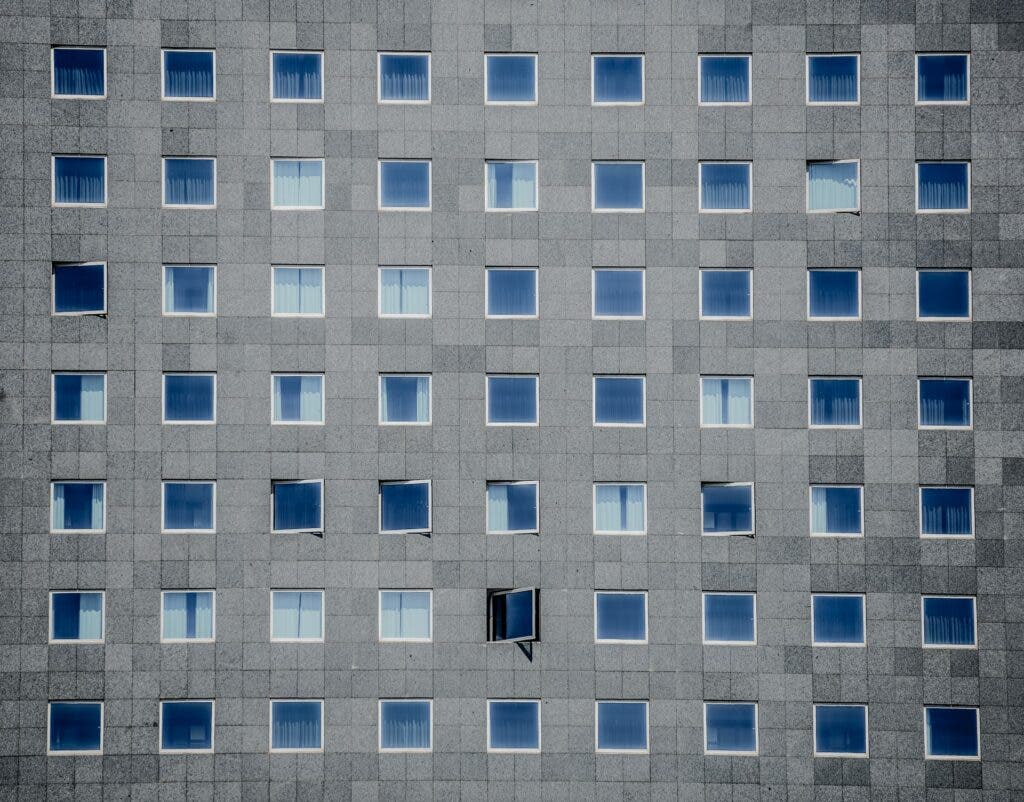Solar power is one of the richest and cheapest sources of energy on earth. Due to its varied uses in today’s world, we are seeing rapid evolution to make solar power an even more sustainable and eco-friendly power source. Researchers at the University of Michigan have come up with the transparent solar panel concept that would be deployed as windows and these glass windows will then absorb solar energy from the sun and generate electricity. It is the most viable and convenient technique as it can be easily deployed in urban areas including homes, offices, and apartments as compared to the conventional solar panels which demand a larger area and a huge amount of funds to cover the costs. Now, every room in every building will be able to generate its solar power through these glass windows.

The general pathway of converting heat energy into electricity is that the transparent luminescent solar concentrators (TLSC) embedded in the glass windows will consume measurable wavelengths of ultraviolet and infrared light, which doesn’t fall within the vision range of human beings. The technique is highly cost-efficient and uses state-of-the-art technology. Furthermore, these transparent solar panels are long-lasting according to the facts stated by the researchers at Michigan State University (MSU), and they can last for about 30 years, which is enormous compared to traditional solar panels. We just have to fit our glass windows with these solar panels and then reap the benefits of free electricity.

Professor Richard Lunt at MSU has cleared the air about this technology by saying, “Solar cells with high transparency are the wave of the future for new solar applications.” That’s what we’re aiming towards,” he remarked “Despite the fact that traditional solar applications have been intensively investigated for over five decades, we have only been working on these very transparent solar cells for roughly five years.” Finally, this method presents a potential path to low-cost, broad solar adoption on hitherto unreachable tiny and big surfaces. “
It has been calculated that there are approximately 5 to 7 billion square meters of glass surfaces in the United States alone, through which we can make a wild guess of how beneficial and efficient this technology is going to be in terms of economic feasibility and green building.


